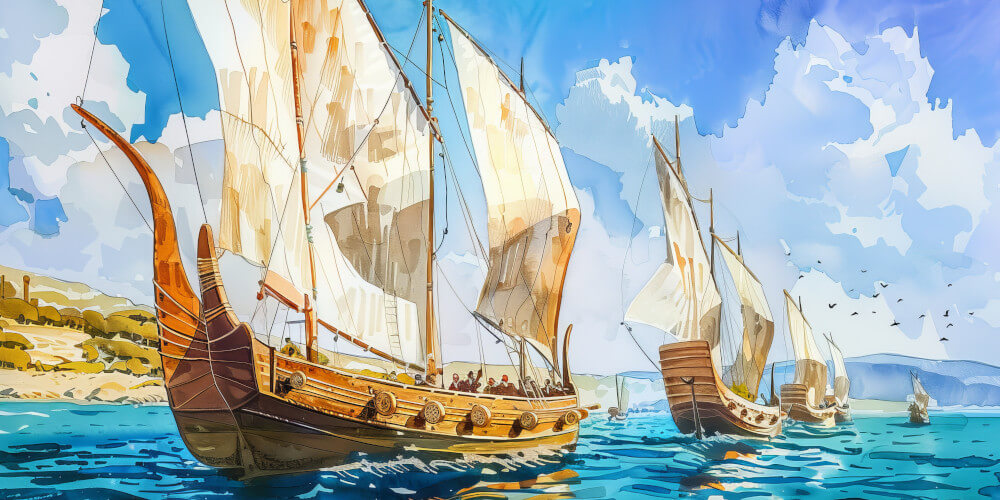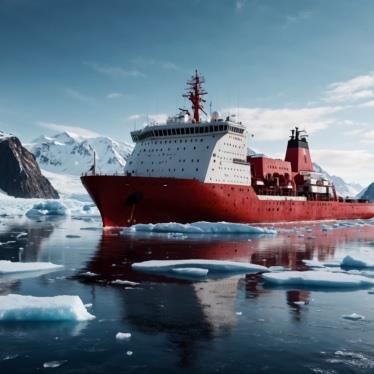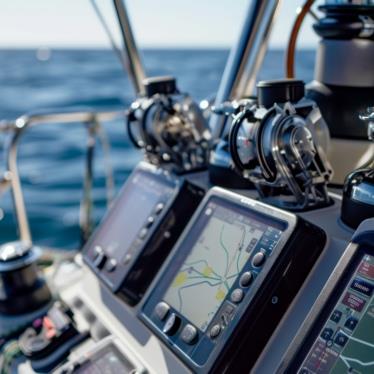
Mediterranean to the Pacific
Throughout history, the sea has been both a challenge and a gateway—shaping civilizations, connecting continents, and fueling exploration. While ancient empires often rose on land, many found their power and prosperity through the oceans. Among these, the Phoenicians, Greeks, Arabs, Vikings, and Polynesians stand out as legendary maritime cultures whose influence crossed waters and centuries.
The Phoenicians: Pioneers of the Mediterranean Sea
Emerging around 1550 BCE in the Levant (modern-day Lebanon, parts of Syria, and northern Israel), the Phoenicians became known as the "sailors of the ancient Mediterranean."
-
Natural Advantage: Their strategic coastal location and abundant cedar forests enabled advanced shipbuilding and easy sea access.
-
Trade Networks: With limited farmland, they turned to the sea—establishing trade routes that reached North Africa, Southern Europe, and even the Atlantic coast.
-
Cultural Legacy: They developed the first known alphabet, which influenced Greek and Latin scripts, and founded influential colonies like Carthage.
The Phoenicians transformed the Mediterranean into a commercial hub, proving that the sea could be more than a barrier—it could be a bridge.
The Greeks: Naval Innovators of the Aegean
The Ancient Greeks, shaped by their mountainous geography and fragmented coastline, naturally turned to the sea for survival and prosperity.
-
Geographic Imperative: Surrounded by the Aegean, Ionian, and Mediterranean Seas, with poor inland agriculture, seafaring became essential.
-
Shipbuilding Excellence: The trireme, a galley with three rows of oars, was a revolutionary warship known for its speed and agility.
-
Commercial Power: Cargo ships like the Olkea allowed them to transport goods like olive oil, wine, and pottery across the region.
-
Colonial Expansion: They founded over 400 colonies, including Byzantium and Marseille, spreading Hellenic culture far and wide.
Greek civilization intertwined the sea into its very identity—through trade, warfare, mythology, and innovation.
The Arabs: Masters of the Indian Ocean
Though their roots were in the desert, the Arabs became dominant navigators and traders of the Indian Ocean from the 7th to 15th centuries CE.
-
Maritime Reach: Arab routes linked the Middle East to East Africa, India, and Southeast Asia—long before European empires set sail.
-
The Dhow Advantage: The traditional dhow, with its triangular lateen sail, was ideal for the ocean’s changing conditions.
-
Navigational Breakthroughs: Arab mariners expertly used monsoon winds, astrolabes, compasses, and star charts—even contributing to the early development of astronomical navigation.
-
Cultural Exchange: Arab ports became vibrant centers of commerce, language, and science.
Their maritime dominance laid the foundations for global trade centuries before the Age of Exploration.
The Vikings: Northern Raiders and Global Explorers
From the late 8th to early 11th century, the Vikings of Scandinavia became some of the most daring and skilled maritime adventurers in history.
-
Versatile Longships: Their longships were fast, shallow-drafted, and could navigate rivers and oceans alike.
-
Expansion Across the Atlantic: Vikings reached the British Isles, Iceland, Greenland, and even North America (Vinland). The settlement at L’Anse aux Meadows in Newfoundland is the earliest known European presence in the Americas.
-
Trade and Influence: Viking merchants dealt in furs, silver, amber, and ivory, establishing routes across Europe and into Asia. Arab coins and artifacts found in Viking graves reveal unexpected global links.
More than warriors, the Vikings were cultural conduits—spreading influence through their ships and settlements.
The Polynesians: Navigators of the Vast Pacific
Perhaps the most astonishing maritime feats came from the Polynesians, who mastered the seemingly infinite Pacific Ocean without modern tools.
-
Outrigger and Double-Hulled Canoes: These boats were crafted for long-distance travel, stability, and speed across vast ocean expanses.
-
Celestial Navigation: Polynesians used stars, ocean currents, bird flight, and cloud patterns to voyage thousands of kilometers—reaching Hawai’i, New Zealand, and Easter Island.
-
Oral Knowledge Systems: Navigation techniques were passed down through chants and oral tradition—creating a lineage of wayfinders who memorized entire sea routes.
Their voyages represent one of the greatest achievements in human exploration, made possible through deep respect and understanding of the ocean.
A Shared Legacy on the Seas
Whether navigating the Mediterranean, the Indian Ocean, or the Pacific, these ancient maritime civilizations shared a common trait: the courage to venture into the unknown. Their ships carried not only cargo, but culture, technology, language, and belief systems—connecting people long before satellites and steamships.
From the cedar-built ships of the Phoenicians to the celestial journeys of the Polynesians, these seafaring societies laid the foundations for the interconnected world we live in today.


